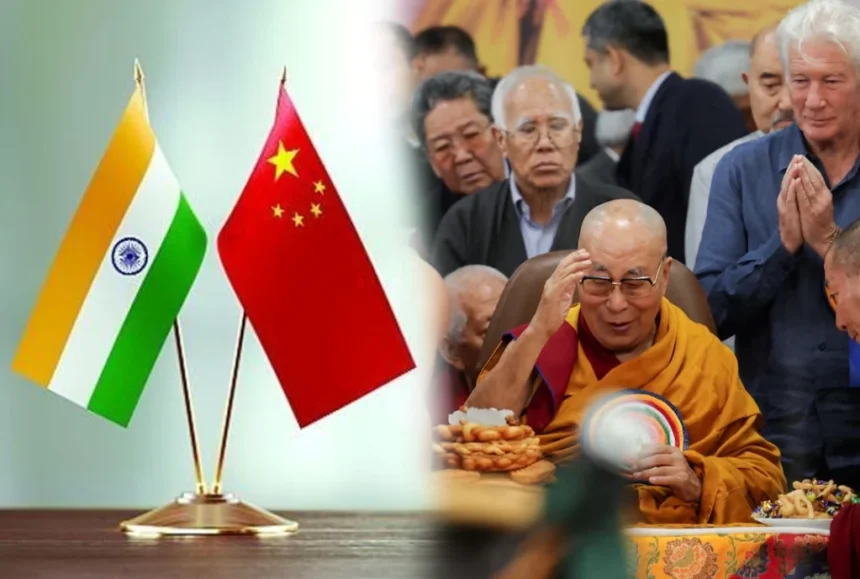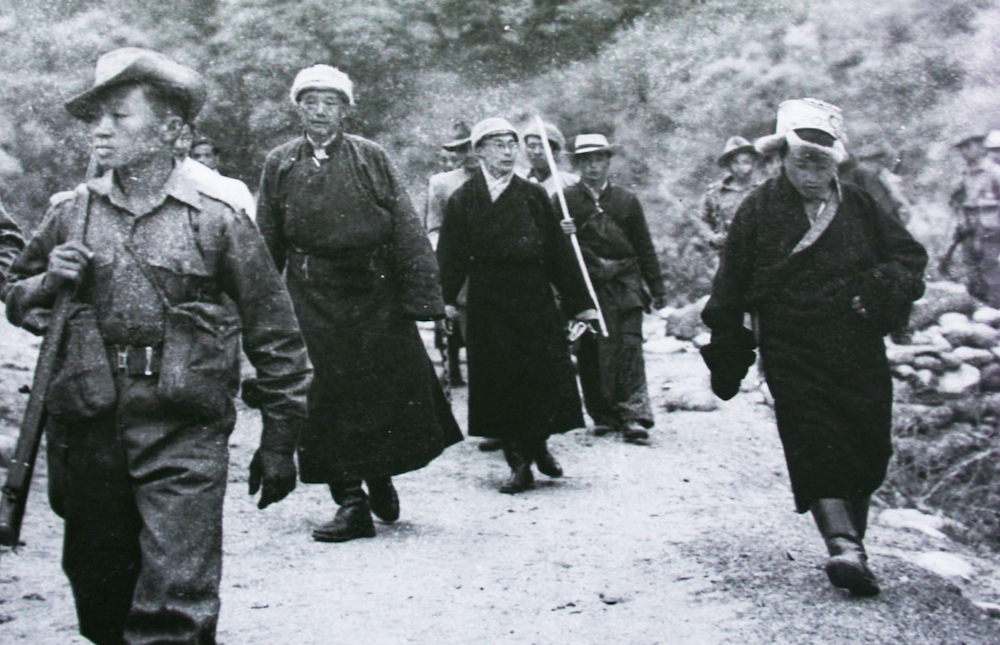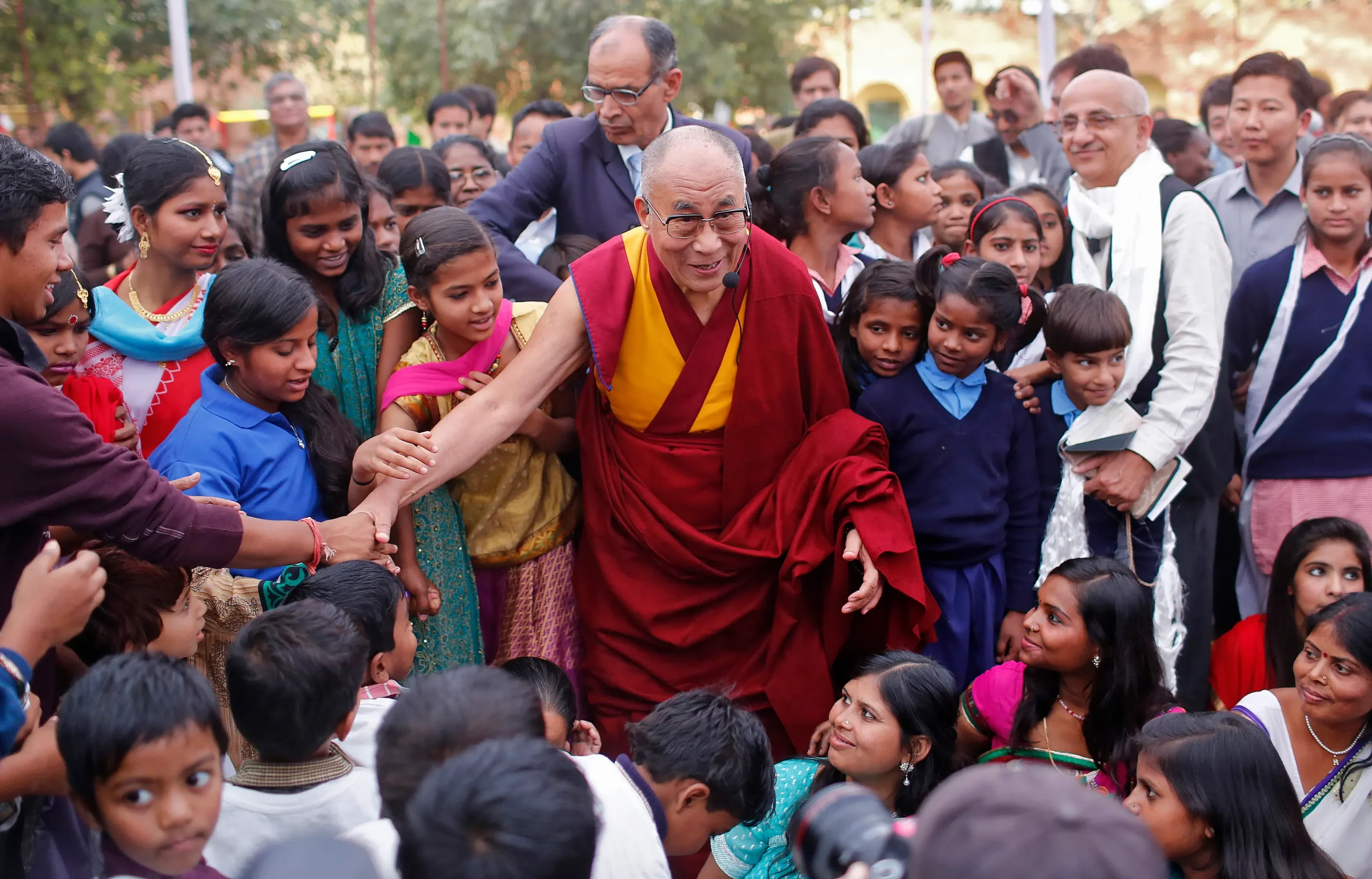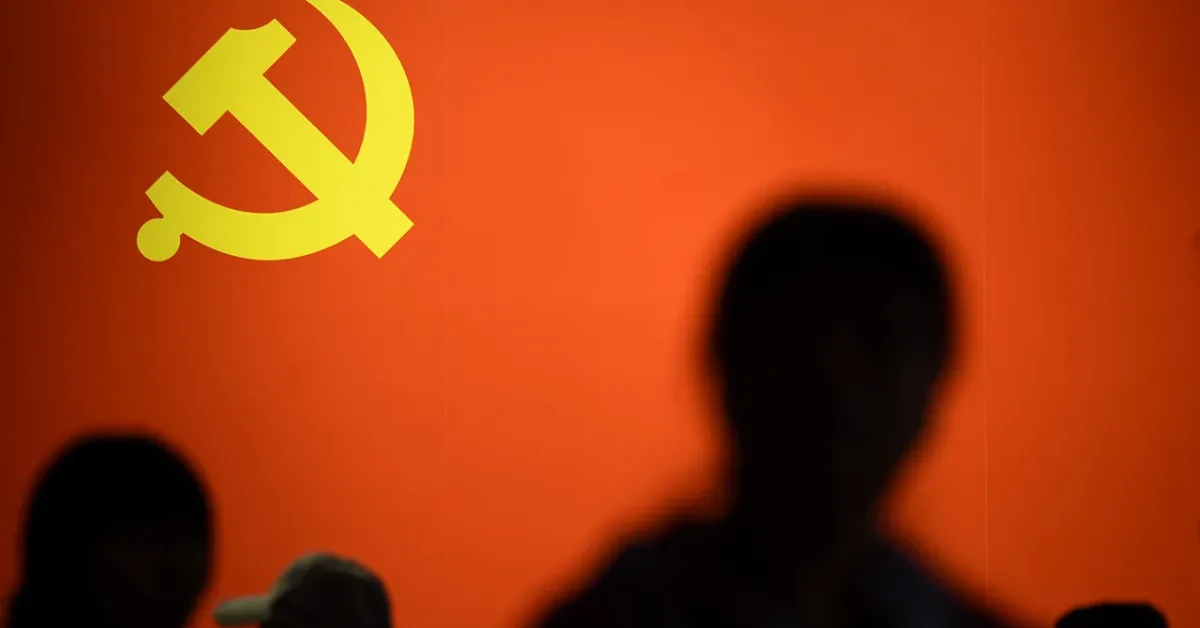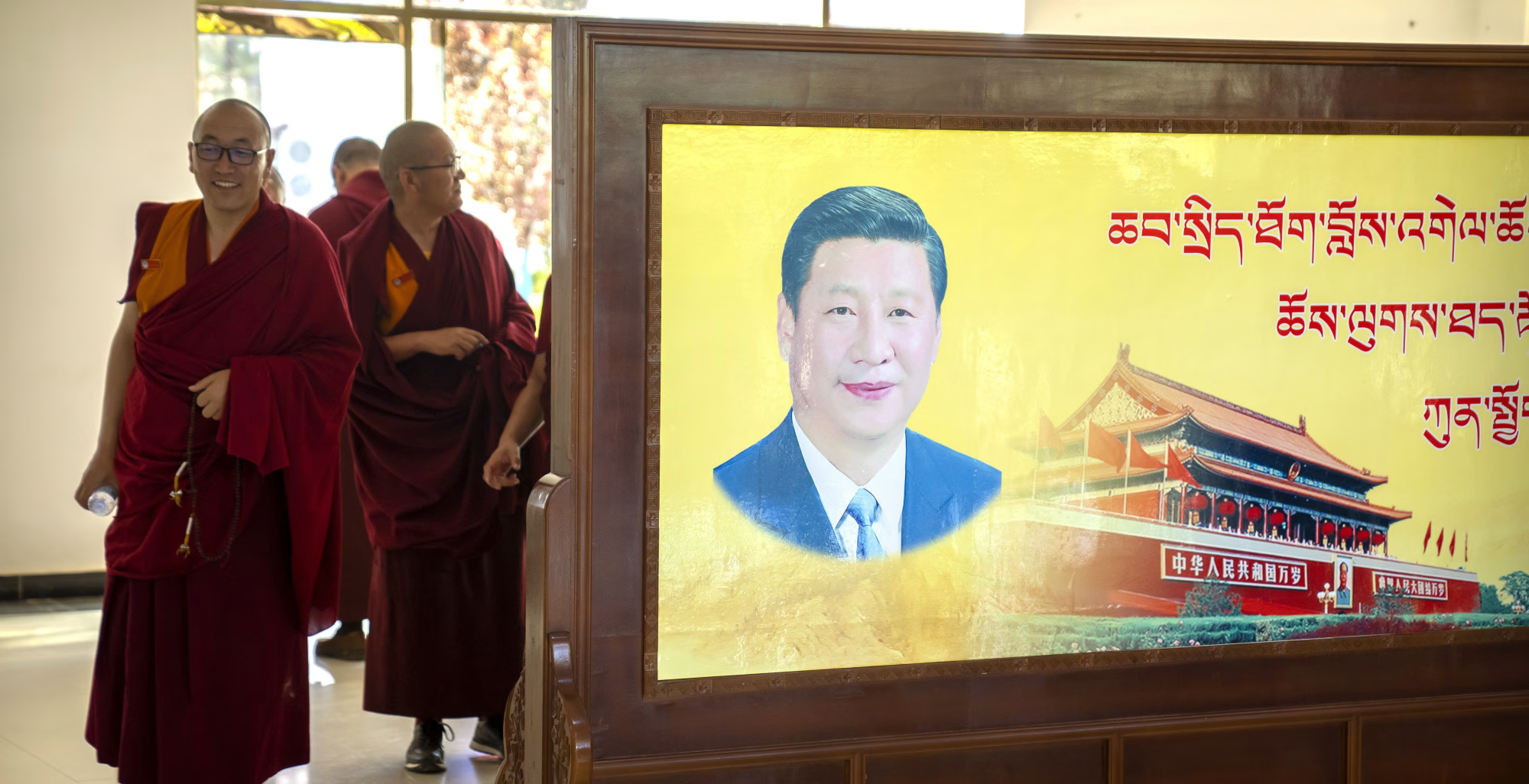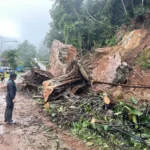DHARAMSHALA, India – The 14th Dalai Lama, Tenzin Gyatso, turned 90 on 6 July 2025, celebrating in Dharamshala surrounded by senior Indian politicians, actor Richard Gere, and thousands of exiled Tibetans.
This milestone event brought the spotlight back to a long-running dispute between China and India over who will decide the next Dalai Lama.
During the celebrations, the Dalai Lama announced that the Gaden Phodrang Trust, his non-profit, would have sole authority over the selection of his successor, clearly shutting China out of the process.
His decision has deepened tensions that have existed for decades and could strongly influence the future of Tibetan Buddhism, the global Tibetan community, and the relationship between India and China.
The Dalai Lama’s Years in Exile: Faith and Resistance
Born Lhamo Dhondup in 1935, the Dalai Lama was chosen as the reincarnation of his predecessor at the age of two and became Tibet’s spiritual and political leader. After a failed uprising against Chinese control in 1959, he escaped to India with tens of thousands of Tibetans, eventually setting up a government-in-exile in Dharamshala.
This peaceful hill town became the heart of the Tibetan community outside Tibet. Over the last sixty years, the Dalai Lama has symbolised compassion and the Tibetan wish for self-determination. China has long seen its presence in India as a challenge.
The Chinese Communist Party, which took control of Tibet in 1950, labels him a “separatist” and accuses him of seeking full independence, despite his call for greater autonomy within China.
Since India gave the Dalai Lama asylum, the question of Tibet has become a constant source of argument between the two countries. The question of his successor now adds a new layer of difficulty.
India’s Support for Tibetans
India is home to about 70,000 Tibetans, most living in settlements around Dharamshala where the Central Tibetan Administration operates as their government-in-exile.
While India formally recognises Tibet as part of China, it allows the CTA to function and grants residence rights to Tibetans, though not citizenship, which limits access to some state services.
The Dalai Lama’s presence, along with the CTA, gives India some diplomatic strength when dealing with China, especially after events like the deadly Ladakh border clash in 2020.
High-ranking Indian officials, including Kiren Rijiju, the Minister of Parliamentary and Minority Affairs, attended the Dalai Lama’s 90th birthday. Rijiju, who is Buddhist, stated, “No one has the right to interfere or decide who the successor of His Holiness the Dalai Lama will be.
Only he or his institution has the authority to make that decision.” This statement directly opposes China’s stance and drew a warning from the Chinese Foreign Ministry not to get involved in what it claims are domestic matters, calling the succession a sticking point in their relationship.
China’s Bid for Religious Control
Beijing’s drive to control the Dalai Lama’s succession is part of a wider campaign to shape Tibetan Buddhism and identity. China insists that only the central government can approve the reincarnation of top lamas, referencing the Qing dynasty’s “golden urn” tradition.
On 2 July 2025, Chinese Foreign Ministry spokesperson Mao Ning said, “The reincarnation of the Dalai Lama … must be chosen by drawing lots from a golden urn and approved by the central government. Tibetan Buddhism was born in China and is a religion with Chinese characteristics.”
This approach fits with China’s push to bring religion into line with Communist Party ideas. China has a record of interfering in Tibetan religious matters, most famously in 1995 when authorities detained Gedhun Choekyi Nyima, the boy identified by the Dalai Lama as the 11th Panchen Lama.
He vanished from public view, and China appointed its candidate, Gyaltsen Norbu, who has supported the party and met with President Xi Jinping. Most Tibetans see Norbu as Beijing’s pick, with tight limits on his movements and appearances.
The Dalai Lama’s announcement that his successor will be found outside China, possibly among the global Tibetan community, is a clear rejection of Beijing’s claim. He has also left open the possibility that the next Dalai Lama could be an adult or a woman.
These steps are seen by many as efforts to make sure the process stays free of Chinese interference. This situation could lead to two competing Dalai Lamas, splitting the Tibetan world.
China’s Campaign Against Tibetan Identity
China’s actions in Tibet go beyond religion. Over the last 30 years, Beijing has introduced strict controls, including “patriotic education” in monasteries, bans on images of the Dalai Lama, and heavy surveillance.
Six million ethnic Tibetans inside Tibet face harsh limits on their culture and religion. Reports point to forced assimilation, similar to policies in Xinjiang. The 2008 protests in Lhasa and the severe response from authorities revealed deep anger among Tibetans.
Tsering Woeser, a Tibetan writer based in Beijing, called the Dalai Lama’s recent decision a sign of “spiritual resilience, democratic transformation, and cultural continuity.” Many Tibetans, both in exile and in Tibet, see the Dalai Lama as their anchor and hope.
Dolma Lhamo, a Tibetan living in India, said, “Many of us have never seen Tibet, but the Dalai Lama gives us roots. His choice matters not just for religion, but for who we are as a people.”
Disagreement over the next Dalai Lama comes as India and China try to ease tensions, shown by new border agreements and direct flights after the deadly 2020 clash. However, the succession issue threatens fragile progress.
Dr Jabin Jacob from Shiv Nadar University has said that India’s mixed signals on Tibet could weaken support for the Tibetan community. He pointed out that “a clear, principled stand would signal to the Tibetan community that their interests remain a priority.”
Outside Asia, the United States addressed the matter with the Tibetan Policy and Support Act of 2020, promising sanctions for Chinese officials who interfere in the selection. Yet, funding cuts for Tibetan exiles by the Trump administration raised concerns about long-term American support. The CTA later confirmed that some funds were restored in July 2025.
Spiritual Choice, Political Stakes
The Dalai Lama’s recent message ended speculation about ending the institution or naming his successor early. Instead, he reaffirmed tradition, putting Gaden Phodrang Trust and senior lamas in charge of the selection, while excluding the Chinese government.
Penpa Tsering, head of the CTA, made it clear that any Dalai Lama selected by Beijing would not be accepted. “A Dalai Lama chosen by China will not be recognised, not only by Tibetans but by the world,” he told the BBC.
As the birthday celebrations wrapped up in Dharamshala, the atmosphere was hopeful but cautious. For many, like local shopkeeper Sonam Tsomu, the Dalai Lama is “our mother, father, everything.”
Still, many worry about a future where the Tibetan community becomes divided over rival leaders.
The fight over the Dalai Lama’s succession is both a question of faith and a major source of political tension, with the power to shape Tibet’s future, the India-China relationship, and global debates on religious freedom.
Sources: Reuters, BBC




